Explanation 1: “Light up”
Generally speaking, the phenomenon of “lighting up” refers to the phenomenon of “homochromatic metamerism”:
Two color samples (one standard and one comparison sample) appear to be of equal color (no color difference or small color difference) under one light source (such as D65), while they exhibit significant color difference under another light source (such as A), which is called the “homochromatic metamerism” phenomenon
For this situation, we can describe it as’ lighting up '. That is to say, whether the sample can be matched with the standard sample for color matching depends on selecting a specific light source.
The fundamental reason is that the two samples have different reflections of light (reflection spectrum curves or visible band reflectivity), so it is called “Metamerism”.
The reasons for the “abnormal spectrum” include:
A、染色に使用される顔料の組成が異なります。
B、異なる処理方法など
Explanation 2: “Jumping lights”
In fact, when we talk about “Tao light” in daily life, besides the above meaning, there is another layer of meaning:
It refers to the situation where a single color sample undergoes dramatic color changes under different light sources. At this point, it can be described by “jumping the light”.
So, “jumping the light” can also be said to be a sample.
たとえば、CIBA の染料エンジニアは、CIBA DEEP RED という染料を推奨するときに次のように言います。「この染料は光 A の下では赤くなりません。」
(筆者は、A光源には大量の赤色光と黄色光が含まれているが、染料CIBA DEEP REDはD65光源下と比べてそれほど赤く感じられない、という意味だと理解している。)
投稿日時: 2023年5月10日 00:00


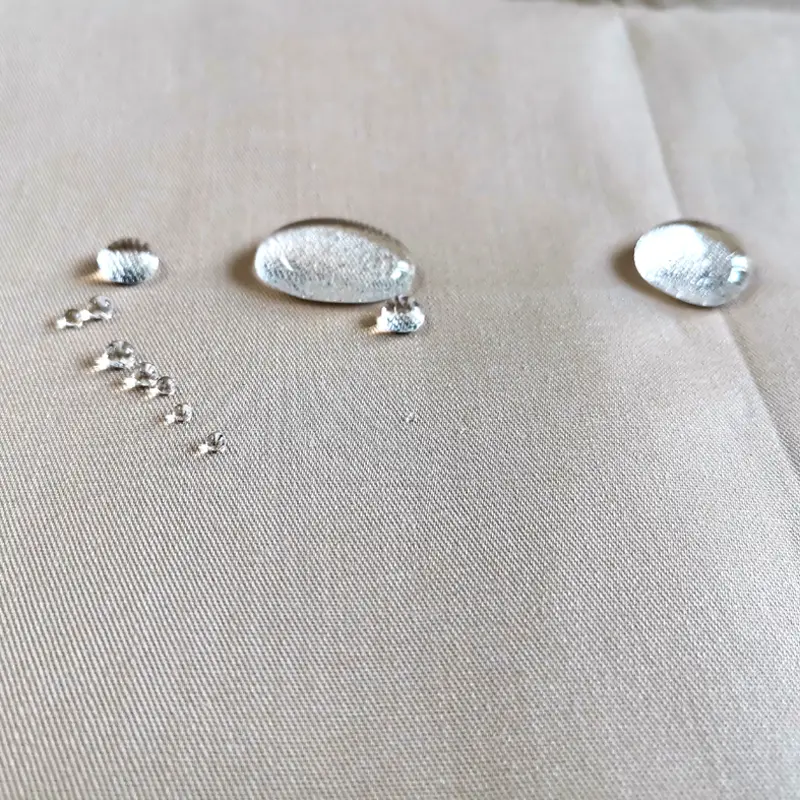


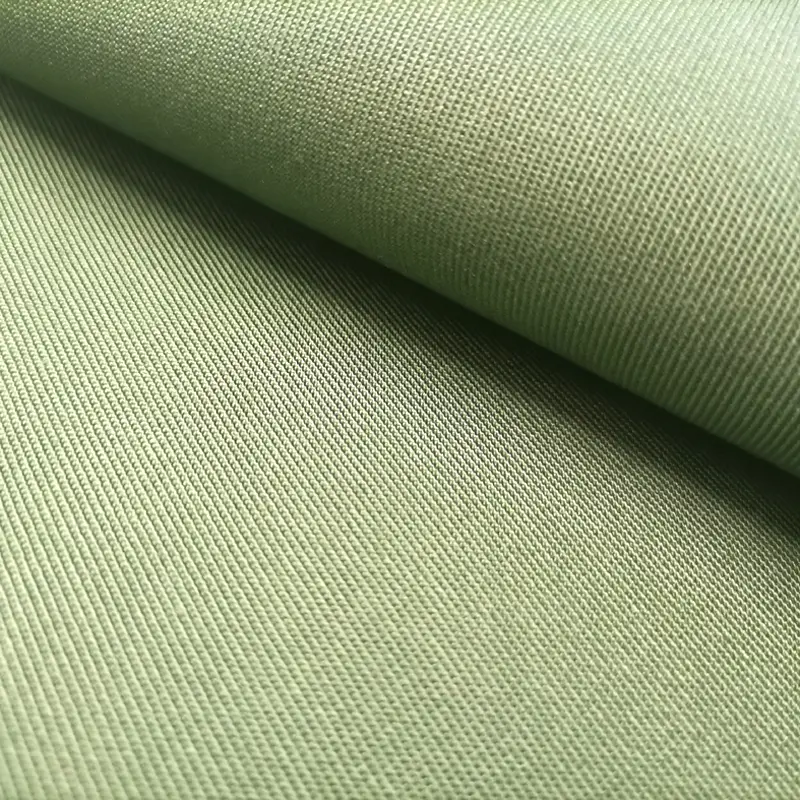


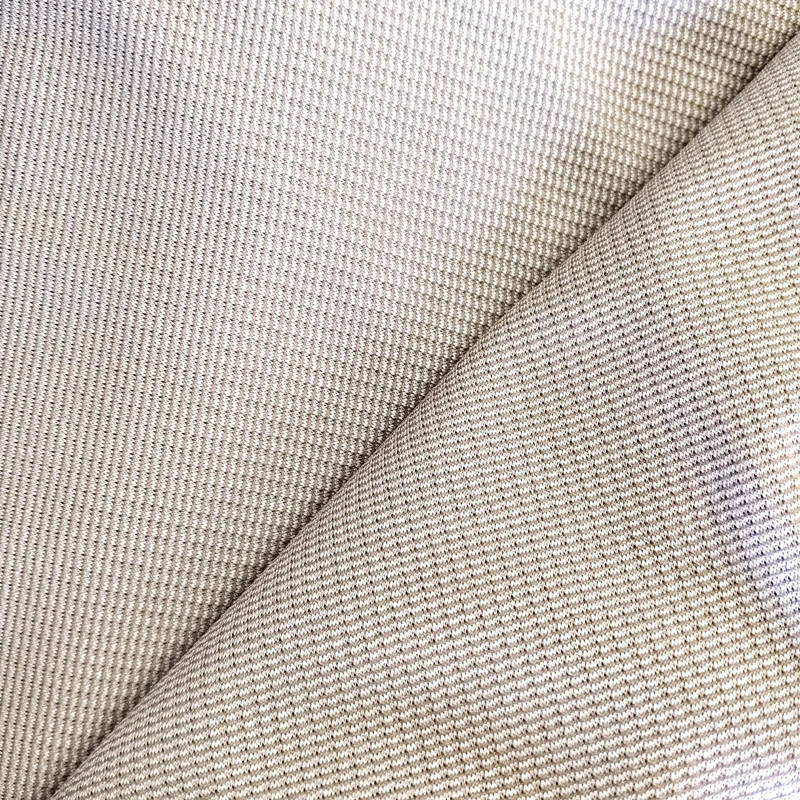



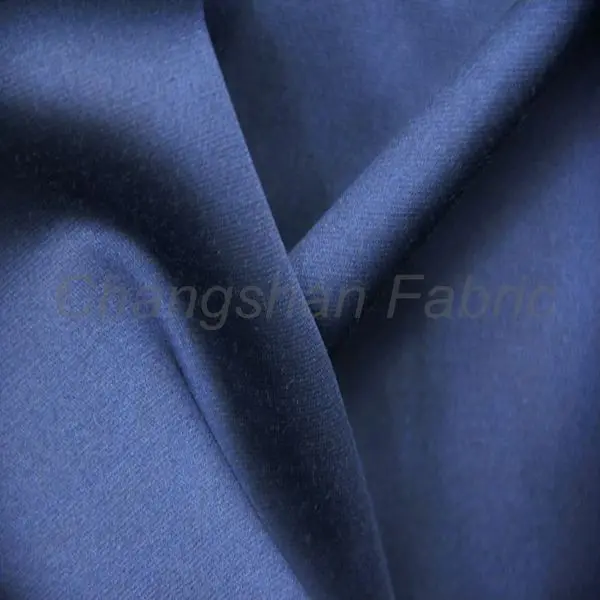
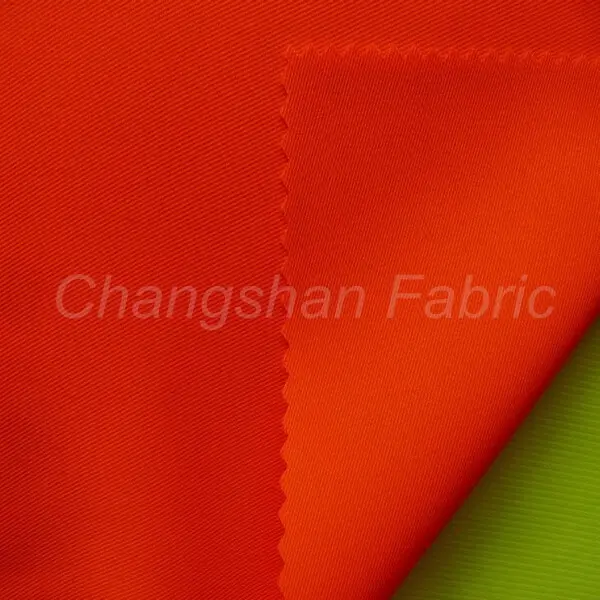


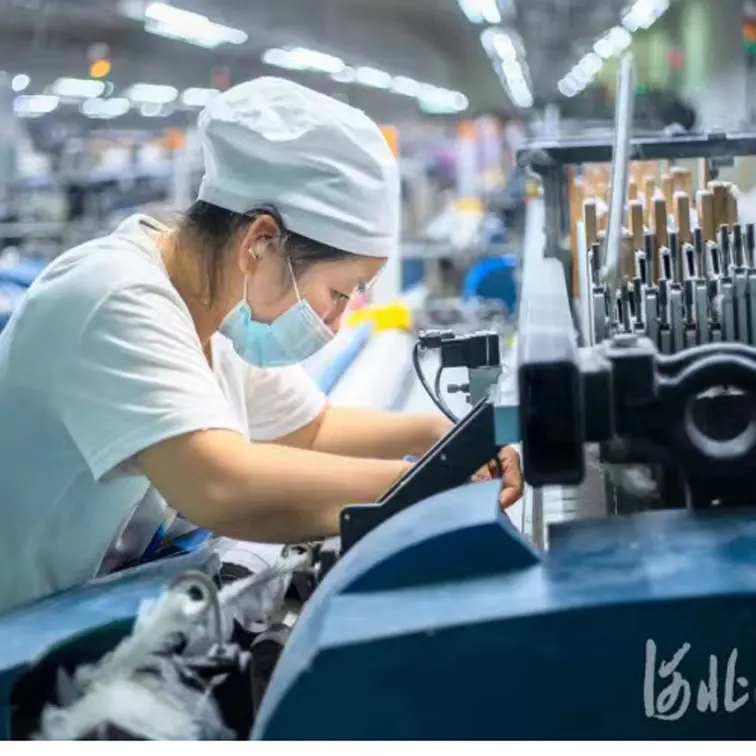

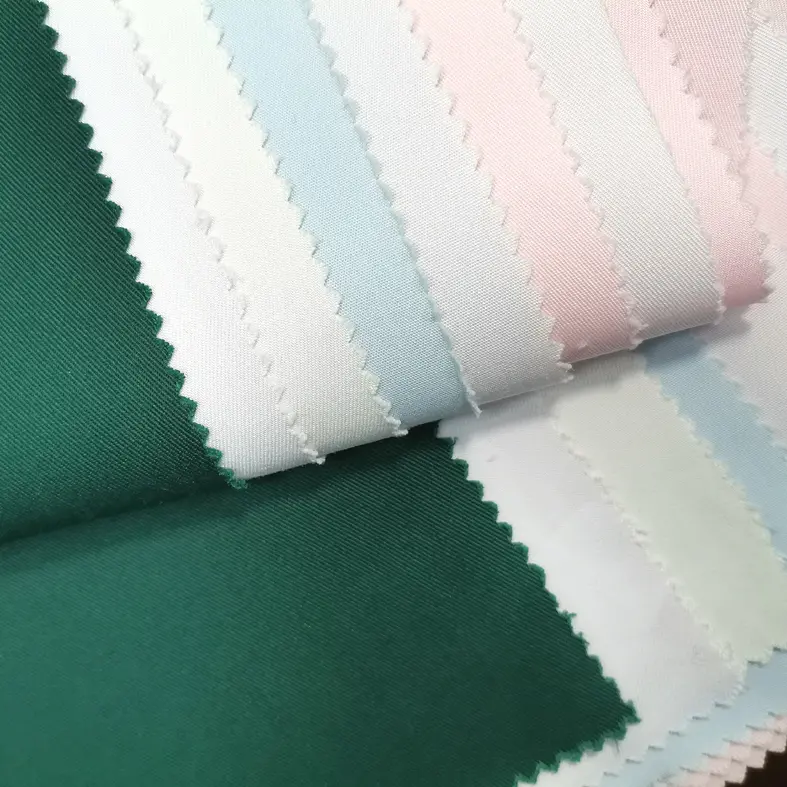

 肌に優しい
肌に優しい 多用途
多用途 耐久性
耐久性 保証
保証
